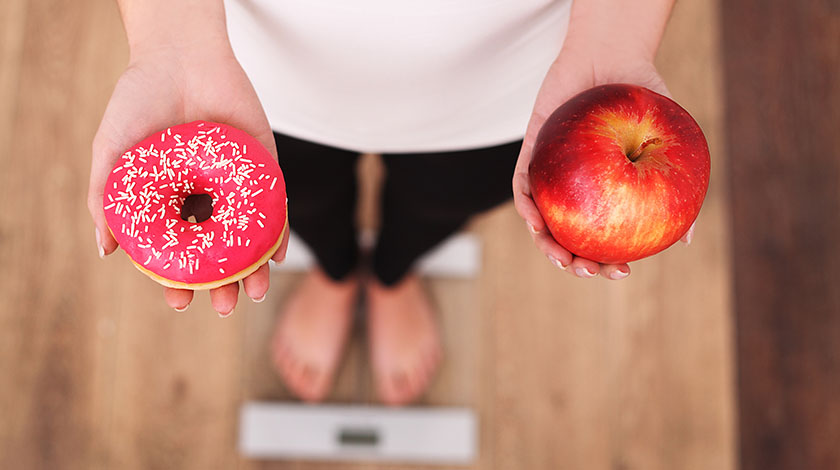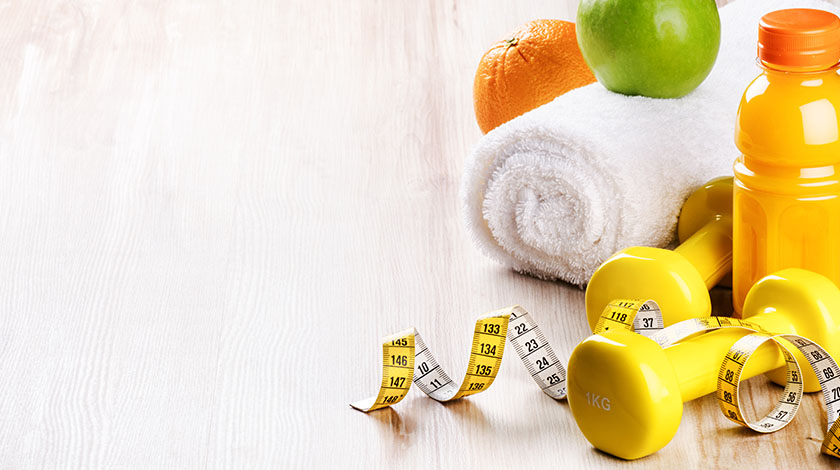At the core of any diet or weight loss strategy is a simple equation. Your energy output must exceed your energy intake.
Weight loss = energy input - energy output
This is a crucial concept because weight loss isn’t just about eating nutritious, high-quality food, but also ensuring that you consume fewer calories than you burn through daily activities. It’s about quantity as well as quality. Hence, if your weight loss plan isn’t seeing results, there are two options. You can eat less, or you can exercise more.
Reducing energy intake

A common, but misplaced diet strategy is to skip the entire meal. This lowers your energy level, creates intense food cravings and accentuates hunger pangs, which may lead you to consume far more than is healthy during the meals you do eat.1
Instead, what you should avoid is snacking outside of your three meals a day. Junk food is high in calories, particularly from sugar and fat, and it’s easy to overindulge because you aren’t paying close attention to the portion size. Snacking is, by definition, non-essential calorie consumption. So if you’re trying to reduce energy input, snacks should be the first to go.
A second tip is to ensure that your breakfast, lunch and dinner consist of nutritious, low Glycemic Index (GI) and calorie-efficient foods that will keep your energy level consistent throughout the day and curb your urge to snack. Here are some places to start.
- Complex carbs such as brown rice, wholemeal bread and quinoa have a low GI. As they are digested, the calories they contain are released into the bloodstream gradually, providing a steady supply of calories throughout the day and contributing to feelings of satiety.
- Dietary fiber. Fruits, vegetables, legumes and whole grains are packed with fiber, which also increases feelings of satiety and contributes to digestive health.
- Protein is essential for packing on muscle mass. If you’ve been doing weight or strength training, consider consuming more protein to increase your musculature. The higher your muscle mass, the higher your metabolism and therefore the more body fat your body burns, even at resting. 2
Increasing energy output

According to experts, you should be getting at least 150 minutes of moderate-intensity physical activity per week — and if you are aiming for faster weight loss, you can exercise even more than that.3 To prevent over-exertion, you should spread your physical activities across 3 to 5 exercise sessions per week, and also integrate exercise into your daily routine.
- Walk to and from work. Even if you have to commute to work, walking is still possible. Consider getting off a stop before and walk that extra distance.
- Take the stairs instead of the escalator or elevator.
- Help out with household chores. Your family will certainly appreciate it!
Remember that any kind of physical activity, no matter how seemingly trivial, contributes to your energy expenditure and increases the energy output side of the equation. Combined with a controlled calorie intake, weight loss is within your reach!
Sources
- Obesity. NHS Choices. Visited 4 April 2014
- How can I speed up my metabolism? NHS Choices. Visited 4 April 2014.
- Physical Guidelines for adults. NHS Choices. Visited 4 April 2014.

